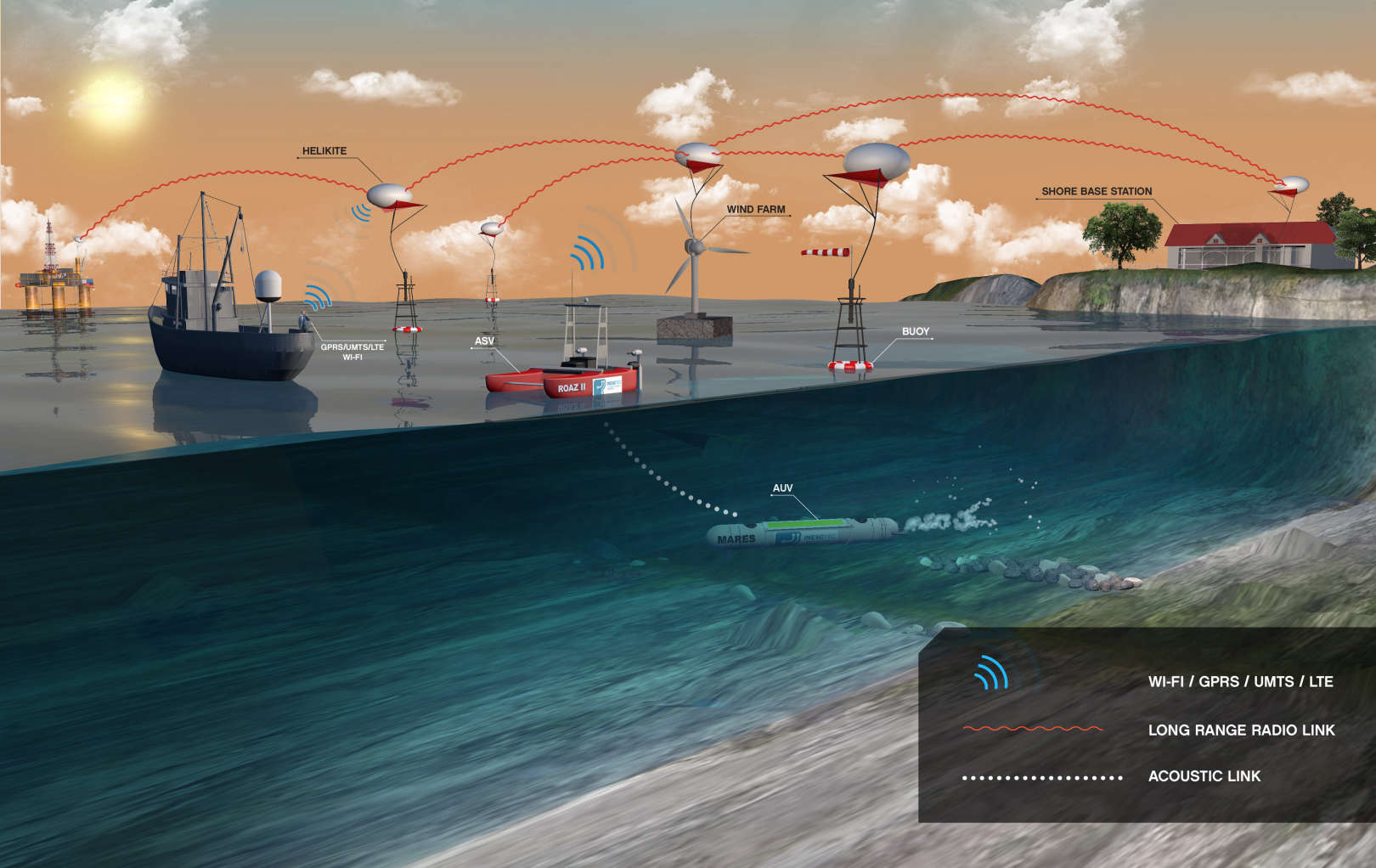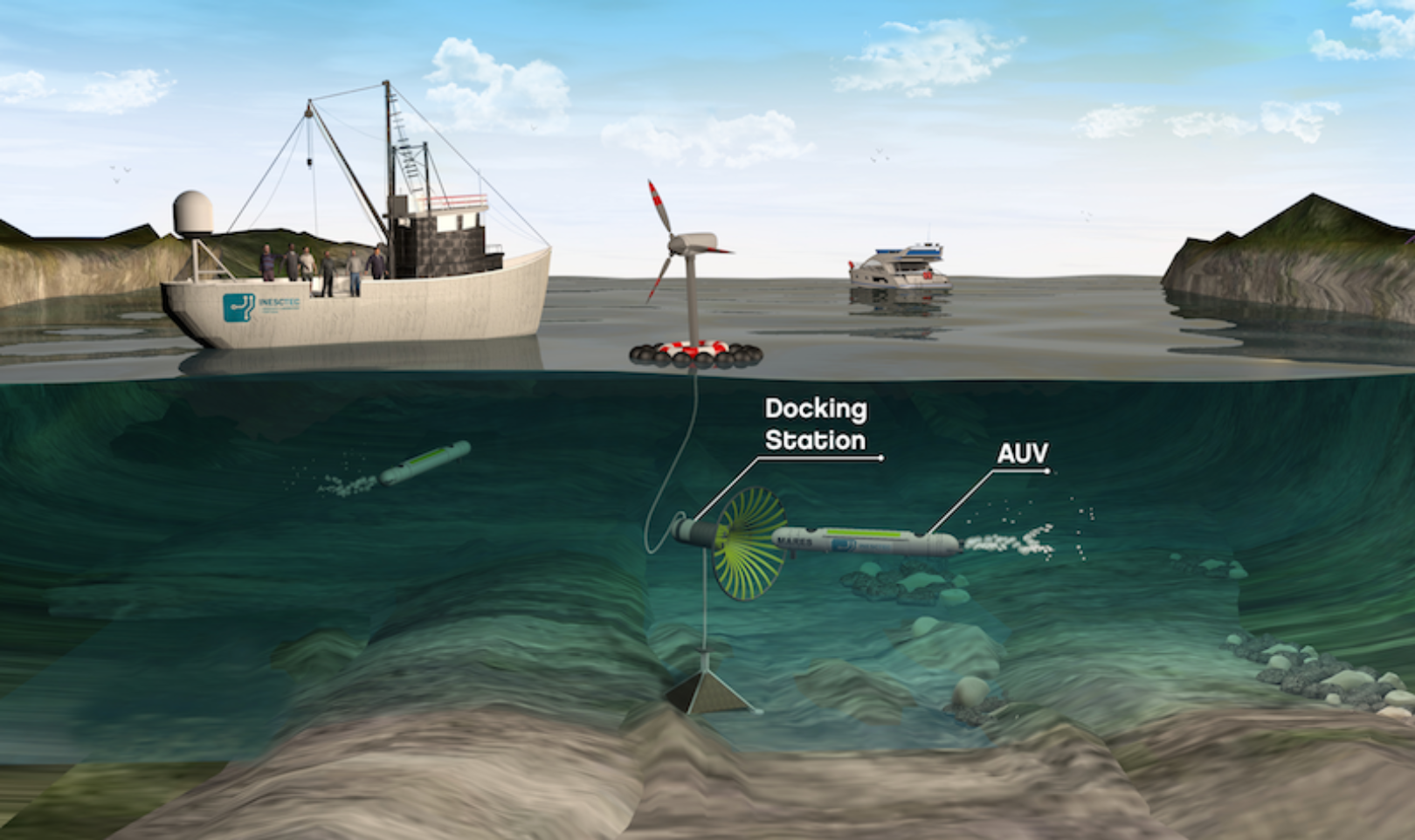Sobre
Sou Investigador Sénior no centro de Róbotica e Sistemas Autónomos do INESC TEC. Formei-me na Faculdade de Engenharia da Universidade do Porto em Engenharia Electrotécnica e de Computadores, primeiro com o grau de mestre, em 2009, e depois com o grau de doutor, em 2014. Desde 2009, estou ligado à Robótica Submarina e de Superfície investigando em Controlo, Condução (guidance), Localização e Coordenação de robots marítimos.
As minhas atividades têm sido desenvolvidas no âmbito de diversos projectos nacionais e internacionais dos quais se destacam o projeto Lajeado (AUV para monitorização de barragens), o FP7 ICARUS (Integrated Components for Assisted Rescue and Unmanned Search operations) e o FLEXUS (Flexible Unmanned Surface vehicles for the Internet of moving things), financiado pelo projeto H2020 RAWFIE.
Estou ainda envolvido no desenvolvimento de vários sistemas robóticos e na origem de vários protótipos tais como o veículo de superfície autónomo FLEXUS e o veículo submarino autónomo SHAD.




